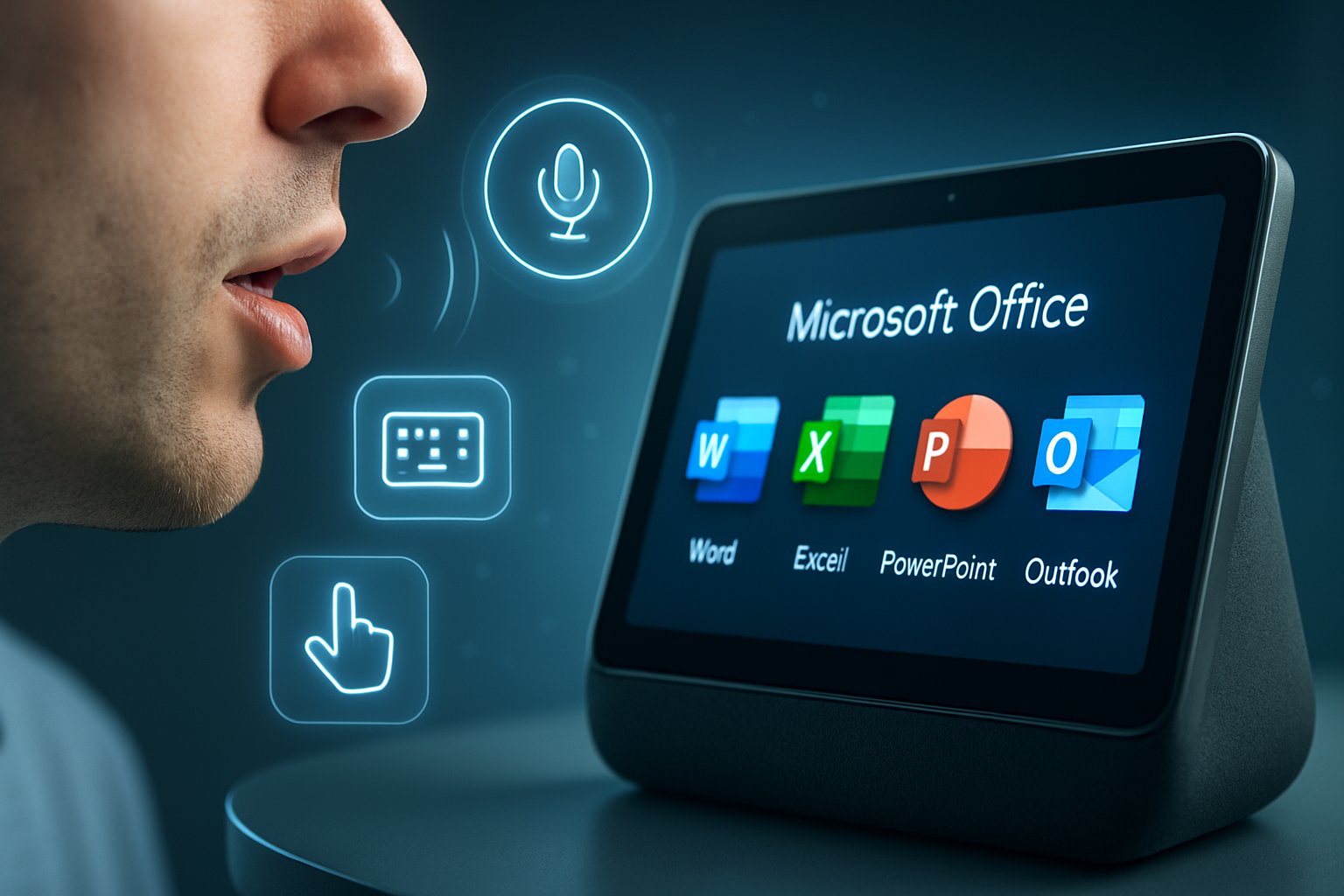
AI CERTS
6 hours ago
Copilot Voice Boosts Multimodal Interaction at Work
This story unpacks the timeline, technology, and market impact behind that decision. It frames developments through the lens of multimodal interaction, where speech, text, and vision cooperate. Moreover, you will discover how unified Office integration fosters quick answers to prompts like what are my priorities. You will also learn how Copilot can simply catch me up when deadlines pile. Ultimately, we outline skills and certifications that keep professionals ahead in a hands-free productivity era.
Voice Strategy Rollout Timeline
Microsoft mapped the voice journey across three key phases.

- Oct 2024: Copilot Voice launches in EN for AU, CA, NZ, UK, US.
- Feb 2025: Usage limits vanish, and Think Deeper reasoning becomes free.
- Aug 2025: MAI-Voice-1 model promises one minute of audio in one second.
- Oct 2025: Opt-in “Hey, Copilot” wake-word begins Windows Insider testing.
- Oct 2025: FY26 Q1 earnings reveal 150 million Copilot monthly users.
These milestones show rapid iteration across devices and geographies. Consequently, leaders ask what are my priorities when planning adoption roadmaps.
Multimodal Interaction Gains Explored
Each phase improved latency, accuracy, and accessibility. Moreover, removing caps encouraged spontaneous usage and reinforced multimodal interaction. Meanwhile, the wake-word extended hands-free productivity across the desktop.
The timeline illustrates Microsoft’s aggressive cadence. However, technology alone does not guarantee sustained engagement. Therefore, the next section details the stack enabling scale.
Core Technical Stack Details
Copilot Voice couples client microphones, cloud speech services, and MAI-Voice-1 generation. Additionally, on-device wake-word spotting lowers bandwidth and eases privacy worries. MAI-Voice-1 produces expressive speech quickly, reducing GPU costs and minimizing latency. Consequently, multimodal interaction feels conversational, not transactional. Furthermore, Microsoft still blends OpenAI models for reasoning while nurturing internal alternatives. The balanced approach ensures resilient capacity during demand surges. These choices answer executives who often ask catch me up on technical debt. They also align with unified Office integration because shared services reduce duplication. The architecture underpins the productivity gains discussed next.
Fast, flexible infrastructure powers Copilot Voice. Meanwhile, strategic model diversity controls cost and performance risks.
Enterprise Productivity Impact Study
Early adopters report fewer context switches during meetings and writing tasks. Workers dictate drafts, request what are my priorities, or simply say catch me up before a shift. Moreover, unified Office integration lets Copilot Voice surface Excel insights while composing Outlook replies. Consequently, hands-free productivity emerges as a viable third input alongside keyboard and touch. Microsoft cites 900 million monthly users of AI features, reinforcing business relevance. Nevertheless, consultants warn that misunderstood voice outputs can create new error vectors. Teams mitigate risks by enabling Think Deeper mode for complex reasoning.
These outcomes highlight value yet underline oversight needs. Therefore, privacy deserves separate focus next.
Privacy And Trust Concerns
Always-listening devices spark immediate scrutiny. Microsoft positions the wake-word spotter as local, keeping buffers short. However, full conversational audio still travels to cloud models for multimodal interaction. Therefore, regulators will examine storage durations, retention policies, and consent flows. In contrast, users appreciate transparent dashboards that show collected voice snippets. Furthermore, internal leaks reveal worries about brand confusion across Copilot variants. Leaders again ask what are my priorities when balancing convenience against compliance. Strong encryption, clear opt-ins, and continuous audits remain mandatory.
Robust controls will decide adoption velocity. Consequently, the market narrative turns toward competition and differentiation.
Competitive Market Landscape Shifts
Google, Apple, and Amazon each refine voice agents to match Copilot momentum. Meanwhile, OpenAI showcases GPT-4o with rapid, expressive dialogue. Nevertheless, Microsoft leverages scale. FY26 Q1 numbers show 150 million Copilot monthly users. Moreover, multimodal interaction across text, speech, and vision differentiates Copilot from single-channel rivals. Competitors lack unified Office integration that anchors voice workflows in established suites. Consequently, hands-free productivity becomes a Microsoft marketing pillar. Analysts still debate whether growth averages exceed ChatGPT’s retention metrics.
Rivals are closing gaps quickly. Therefore, professionals must refine skills to stay relevant.
Skills And Next Steps
Voice UX expertise now appears in job postings across industries. Consequently, developers need grounding in speech pipelines, prompt engineering, and multimodal interaction design. Professionals can enhance their expertise with the AI+ UX Designer™ certification. Additionally, managers audit workflows to know when to ask catch me up during daily stand-ups. Moreover, trainers teach employees to state what are my priorities clearly during voice sessions. Advisors urge experimenting with unified Office integration templates for finance, HR, and sales. Hands-free productivity policies should include acoustic security checks and timeout rules. These steps future-proof teams. Therefore, mastery of the underlying stack boosts career resilience. Consequently, successful prototypes exemplify multimodal interaction by uniting speech, pen, and gaze data.
Skill development turns novelty into value. Subsequently, focused learning accelerates project delivery.
Microsoft’s Copilot Voice journey underscores the strategic power of multimodal interaction. Rapid rollouts, strong infrastructure, and unified Office integration create measurable productivity gains. However, privacy and branding concerns demand vigilant governance. Competitors will intensify investment, yet Microsoft currently leads through breadth and hands-free productivity initiatives. Therefore, professionals should master multimodal interaction concepts and secure specialized credentials. Take action now by exploring the AI+ UX Designer™ certification and deepen your voice UX expertise.



